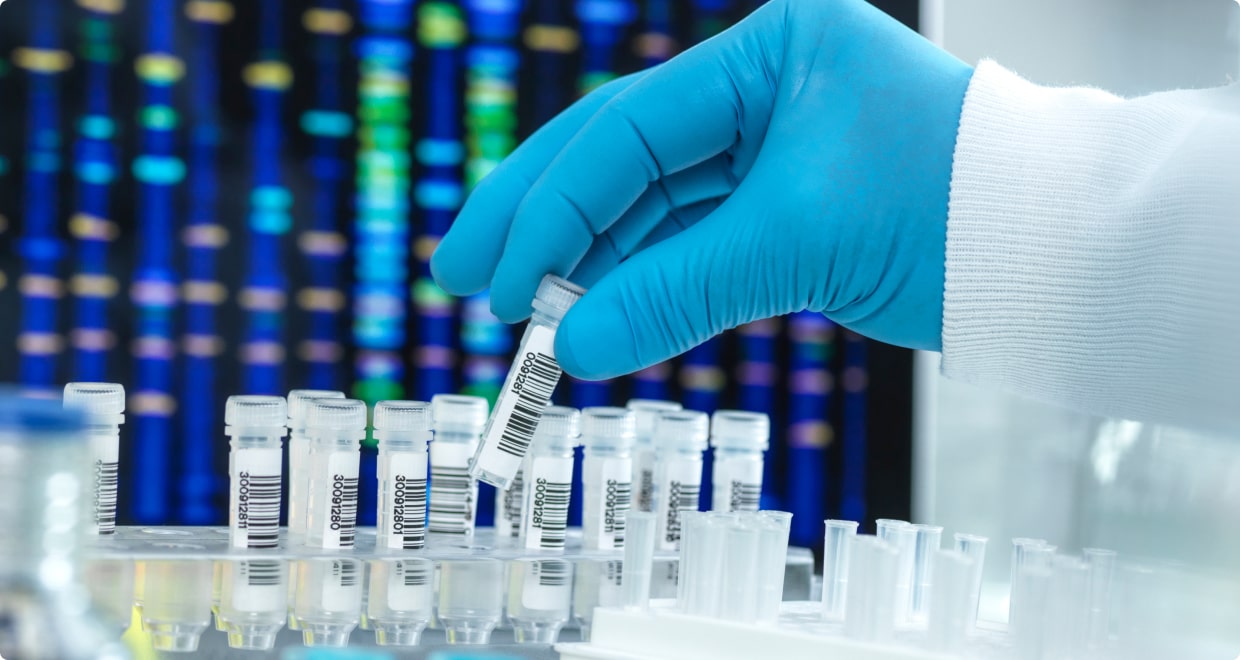Are hardwall Clean rooms Suitable for Pharmaceuticals?

Introduction to Hardwall Clean Rooms
Hardwall clean rooms are specifically designed to control contamination in critical environments. They feature solid walls, controlled airflow, and filtration systems, making them suitable for industries such as pharmaceuticals, where product integrity is paramount.
Air Quality Control
Maintaining air quality is crucial in pharmaceutical environments. Hardwall clean rooms typically achieve ISO7 or cleaner, which allows for no more than 352,000 particles per cubic meter at 0.5 microns. This level significantly reduces contamination risks during production.

Temperature and Humidity Management
Pharmaceutical processes often require strict temperature and humidity controls. Hardwall clean rooms can maintain temperatures between 20°C to 24°C and humidity levels of 30% to 60%, which are essential for preserving the stability of active pharmaceutical ingredients.
Flexibility and Customization
One of the advantages of hardwall clean rooms is their flexibility. They can be custom-designed to accommodate specific pharmaceutical processes, whether for sterile products or non-sterile operations, ensuring compliance with varying manufacturing requirements.

- ISO 14644-1:Cleanrooms and controlled environments – Part 1: Classification of air cleanliness.
- iso 14644-2:Cleanrooms and controlled environments – Part 2: monitoring to provide evidence of cleanroom performance.
- FDA Guidelines:Current Good Manufacturing Practice (cGMP) regulations for pharmaceuticals.
- EMA Guidelines:European Medicines Agency guidelines for quality assurance in pharmaceutical manufacturing.
What Are the Requirements for A Clean Room in Pharma?

Air Quality Standards
Clean rooms in pharmaceuticals must meet specific air quality standards, typically achieving ISO5 or better. This ensures that airborne particulate levels remain extremely low, reducing the risk of contamination during production.
Temperature Control
Temperature control is critical in pharmaceutical clean rooms. Rooms should ideally maintain a temperature range of 20°C to 24°C to ensure the stability of sensitive products and active pharmaceutical ingredients (APIs).

Humidity Levels
Humidity levels should be controlled between 30% and 60%. This range is essential to prevent moisture-related issues, such as microbial growth and product degradation, which can compromise pharmaceutical quality.
Cleanroom Protocols
Strict protocols for personnel and equipment entry are necessary. This includes gowning procedures, airlocks, and regular cleaning schedules to maintain cleanliness and minimize contamination risks within the Clean room environment.
What Is the Standard Clean Room for Medical Devices?

1. ISO Classification
The standard clean room for medical devices typically adheres to ISO7 or better. This classification allows for a maximum of 352,000 particles per cubic meter at 0.5 microns, ensuring a controlled environment for device manufacturing.
2. airflow design
Clean rooms must have a proper airflow design, often using a HEPA or ULPA filtration system. This design ensures that air is filtered and circulated efficiently, maintaining the required cleanliness levels throughout the facility.
3. Cleaning and Maintenance
Regular cleaning and maintenance protocols are essential for medical device clean rooms. Surfaces must be easy to clean and resistant to contamination, allowing for effective disinfection procedures to be implemented.
Which Room in the Pharmacy Is Used for Sterile Compounding?

Sterile Compounding Area
In a pharmacy, the sterile compounding area is specifically designated for preparing sterile products. This area must meet strict clean room standards to ensure the safety and efficacy of compounded medications.
Laminar Flow Hood
A laminar flow hood is often used within the sterile compounding area. This equipment provides a sterile air environment and protects the compounding process from contamination by ensuring unidirectional airflow.
Cleaning Protocols
Regular cleaning and disinfection protocols are critical in the sterile compounding area. Surfaces and equipment must be cleaned with approved disinfectants before and after each compounding session to ensure a contamination-free environment.
What Are the Clean Room Standards for GMP?

GMP Overview
Good Manufacturing Practices (GMP) require clean rooms to provide controlled environments that minimize contamination risks. Compliance with GMP ensures the quality and safety of pharmaceutical products throughout production.
Environmental Monitoring
Regular environmental monitoring is essential for GMP compliance. This includes tracking particulate levels, temperature, and humidity to ensure that the clean room maintains the necessary conditions for safe pharmaceutical manufacturing.
Documentation and Records
Maintaining detailed documentation is crucial for GMP clean rooms. Records of cleaning protocols, monitoring results, and personnel training must be kept to demonstrate compliance during inspections and audits.
What Is the Difference Between Hardwall and Softwall Clean Rooms?

1. Structural Differences: Hardwall clean rooms feature solid walls, providing better insulation and structural integrity compared to softwall Clean rooms, which use flexible curtains. This rigidity enhances control over environmental conditions and contamination risks.
2. Cleanliness Levels: Hardwall cleanrooms generally provide higher cleanliness levels, achieving ISO5 or better. Softwall clean rooms may be limited to ISO7, making hardwall options more suitable for critical applications in pharmaceuticals.
3. Customization Options: Hardwall clean rooms offer greater customization possibilities, allowing for tailored designs that meet specific industry requirements. Softwall clean rooms, while flexible, may not provide the same level of customization for strict clean room standards.
 +86 18186671616
+86 18186671616 Jason@cleanroomequips.com
Jason@cleanroomequips.com
 MENU
MENU



